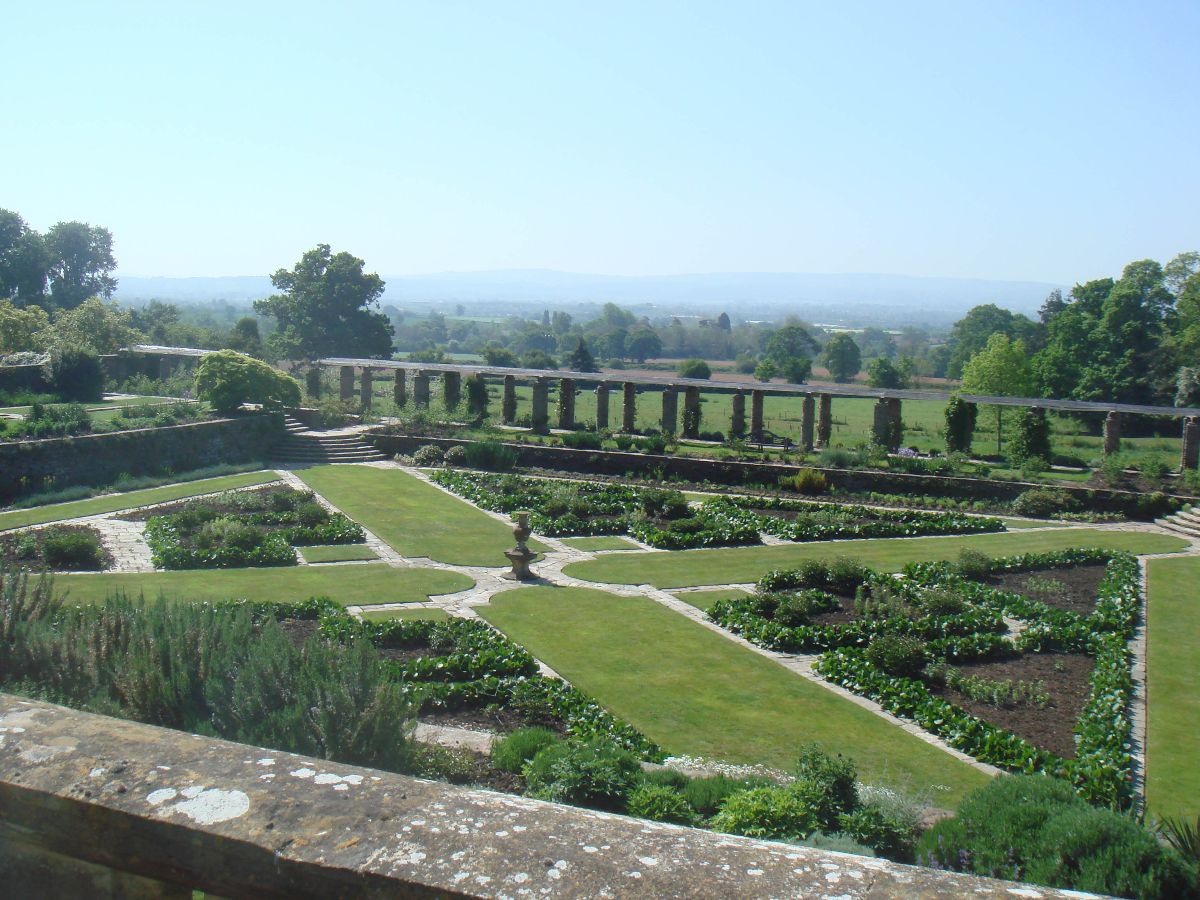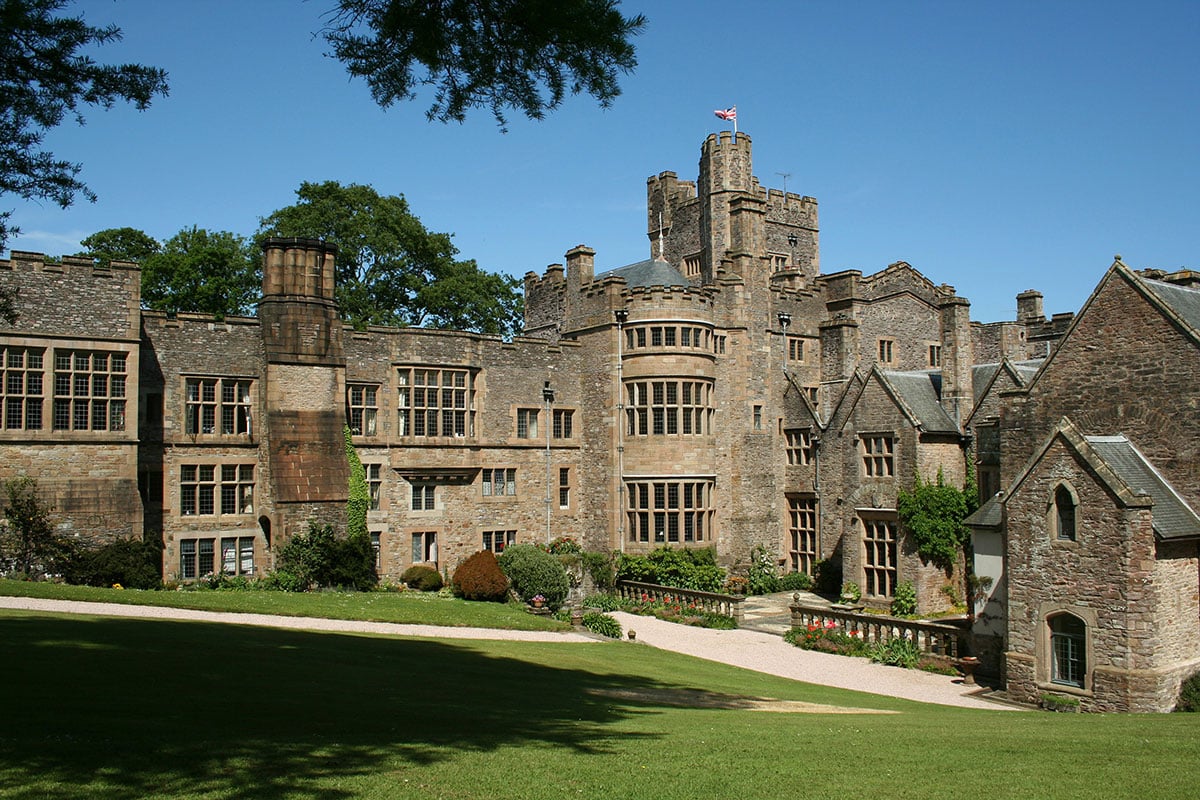North Cotswolds Tour
Part 1
By John Entwisle
April 2020
The day was a typical April one in England, beginning with great promise and freshness but then changing its mind and deciding to label itself ‘showery’. The county was Gloucestershire or, as Nancy Mitford, whose grandfather built one of the houses we were to see would have said, ‘Glorstershire’. The link between the houses visited was the short period of articles served by 18/19-year-old Edwin Lutyens in the office of Ernest George in Maddox Street, in London. The other articled clerks included one who was to become a particular friend; a young man from Norfolk called Guy Dawber.
In 1886, Dawber took up the post of Clerk of Works at Batsford Park, near Moreton-in-the-Marsh, a major house on which George was then working’ in time’ this led to a life-long love of the Cotswolds and to Dawber designing many buildings in the counties of Gloucester and Worcester. Both Dawber and Lutyens shared an interest in the use of local materials and in high-quality craftsmanship. In this, they were both probably greatly influenced by Ernest George; Lutyens to an extent far greater than he was later prepared to admit.
Following a stop in the village of Upper Slaughter in order to view a ‘courtyard’ remodelling of cottages by Lutyens of 1906-13, members called at Eyford House, a perfect specimen of Guy Dawber’s ‘Cotswold’ houses. Replacing an earlier building in 1911-12, Eyford highlights Dawber, like Lutyens and Baker’ at a period when he was moving away from informal compositions to a more classical style’. The formal and classical approach was, nevertheless, tailored to meet the requirements of a ’20th century Georgian’, rather than an ‘l8th century Georgian’ clientele. The charming south elevation is suitably grand. Even before it was reduced in size later in the 20th Century, the house behind was remarkably ‘compact”.
Members then re-entered their architectural time-machines to move backwards a few years to 1904-5, the construction date of Wells Folly, near Moreton-in-the- Marsh. A smaller house, very much in the Lutyens ‘Arts and crafts’ informal style, Dawber here designed a small square hall with an archway leading to the main staircase reminiscent of Lutyens’s Homewood at Knebworth.
Our third and final stop was Batsford Park (1887-93) designed by the firm of Ernest George and Harold Peto for Algernon Bertram Freeman-Mitford, later 1st Lord Redesdale of the second creation, who had inherited the estate from his cousin.

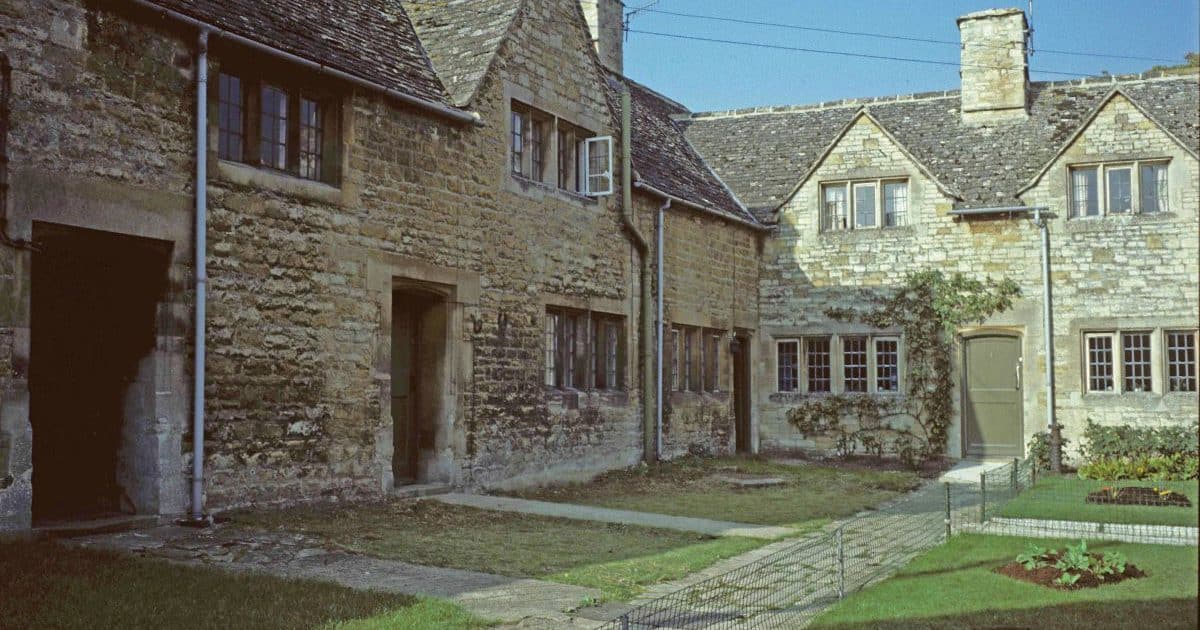
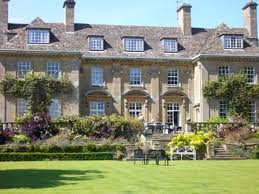
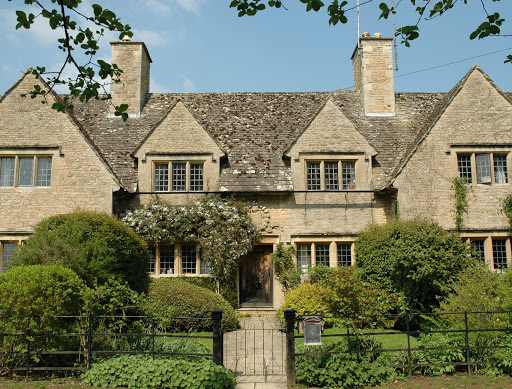
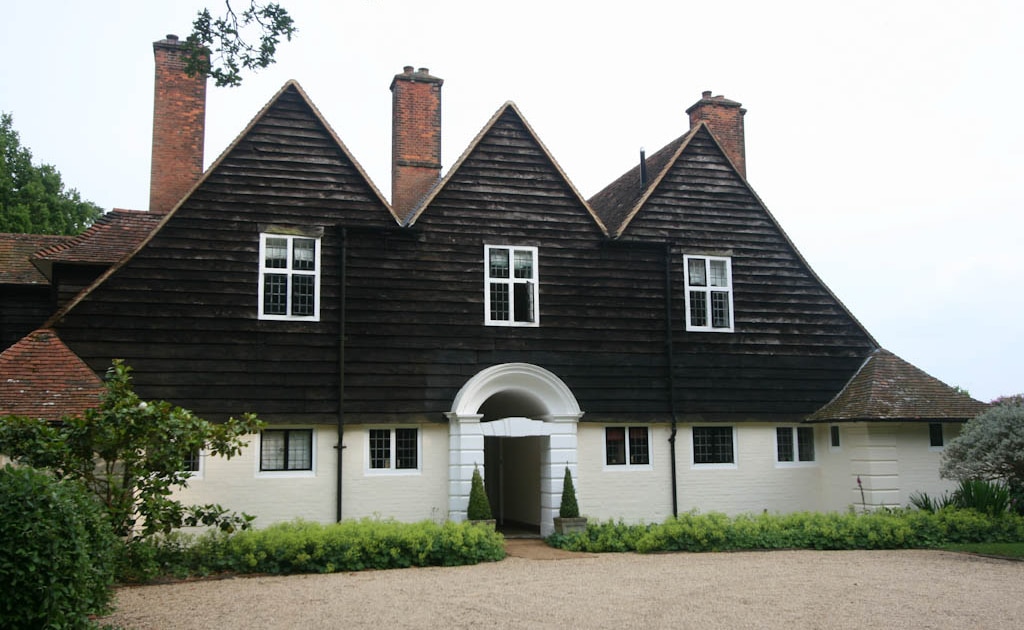
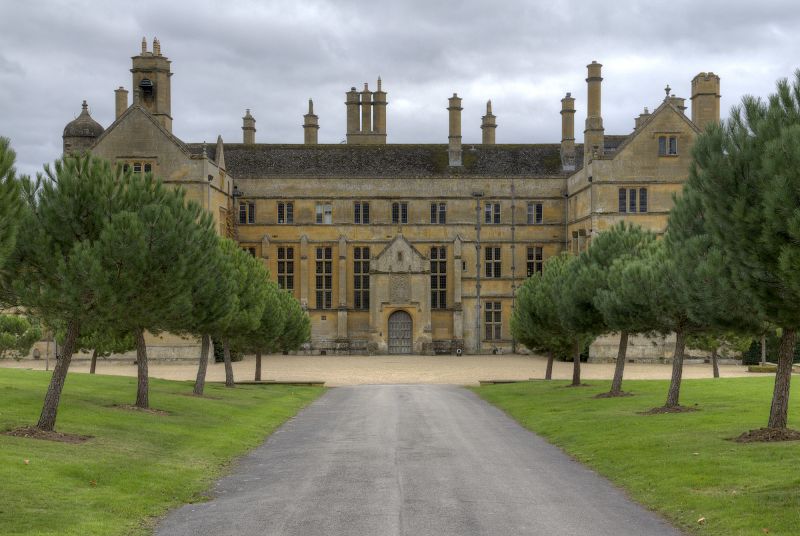
 Follow us on X
Follow us on X Follow us on Instagram
Follow us on Instagram Follow us on Facebook
Follow us on Facebook Follow us on YouTube
Follow us on YouTube
